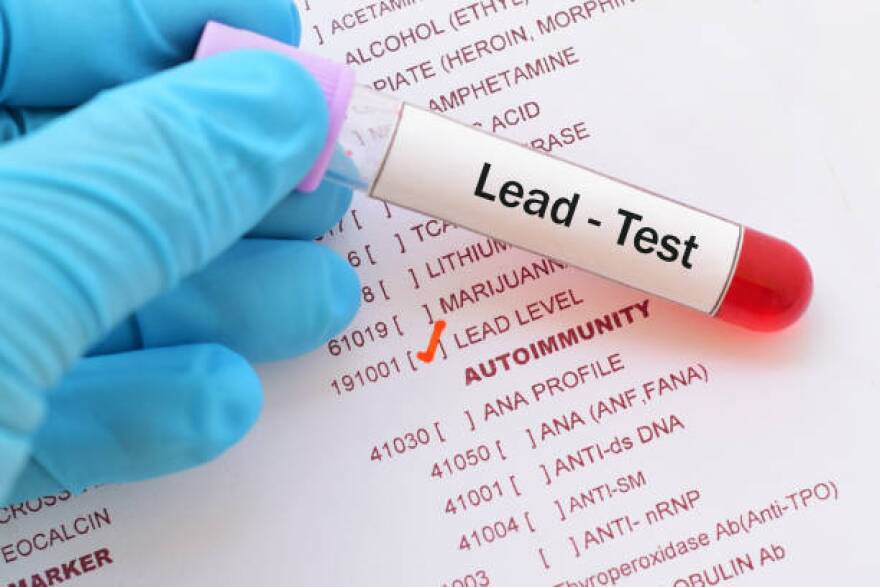As the nation marks National Lead Poisoning Prevention Week from October 23-29, the Wyoming Department of Health says kids are at high risk of lead poisoning if their parents or guardians have an occupation that is Lead-related. Forrest Sharp, the department’s Blood Lead Prevention Program Manager, said Lead from the mining activities in the state could be transferred to kids at home through clothing.
“On the surface, it would appear that anyone that works in the mines would have a greater risk, so certain construction projects, working with ammunition and firearms, or certain mining jobs, working with foundries as well”, Sharp said. “It can get on their clothes, so they can bring that home, and if they don’t shower or separate the laundry. The first thing they do when they get home is they want to hug their children and ask how their day was. But when they hug their children, that lead can come off of their clothing, get onto the child, and because the child has a much smaller body size, if they absorb the same amount of lead, their blood lead level will be higher.”
Last year, just over three percent of Wyoming children under six years old had blood lead tests. Sharp said the department recommends early testing of children in the state, considering the fact that the blood Lead index for kids was revised last Fall.
“It’s recommended that children are tested at 12 months and 24 months. The blood lead reference value was reduced from five micrograms per decilitre to 3.5 micrograms per decilitre in October 2021. There may be children who tested a ‘four’ in August of 2021, that would have thought they have a low level, but in today’s terms that would be high; so I just recommend children who are above those recommended ages to seek screening as well.”
According to the Centre for Disease Control (CDC), lead poisoning has no cure and can cause brain damage, damage to the nervous system, learning and behavior problems, slowed growth and development, as well as hearing and speech problems. Lead exposure occurs when a child comes in contact with lead by touching, swallowing, or breathing in lead or lead dust.






